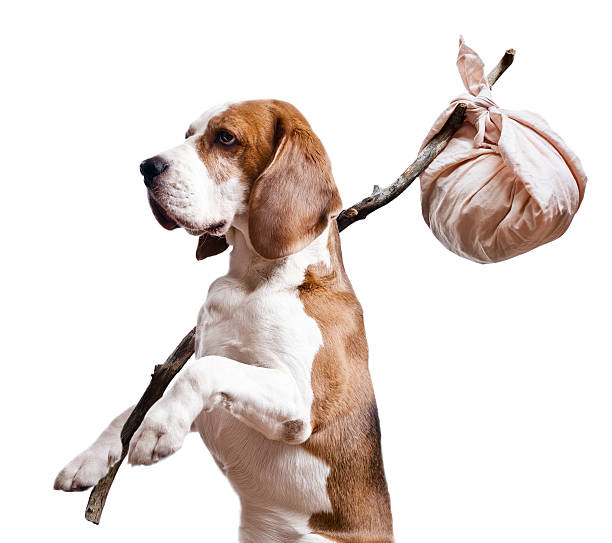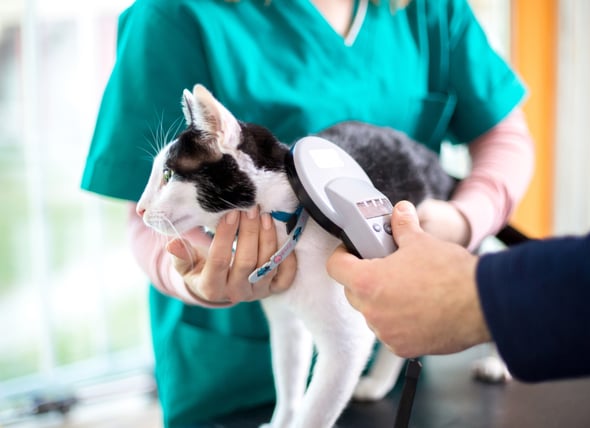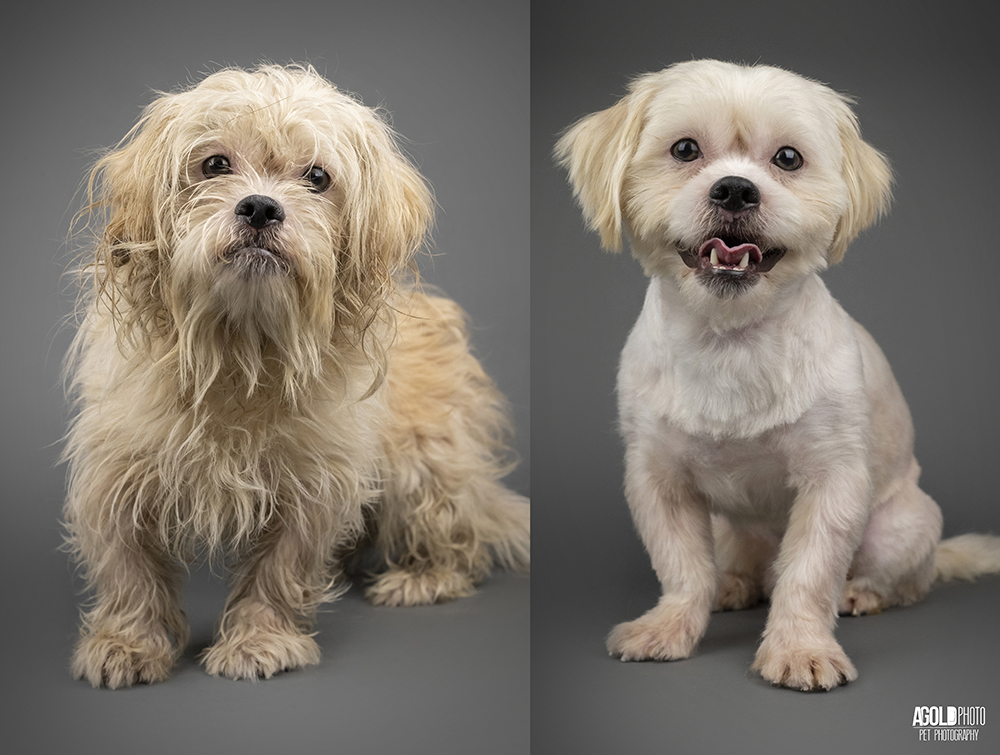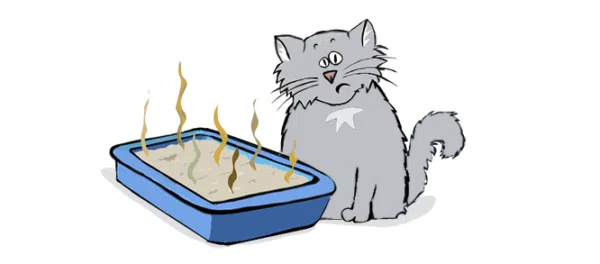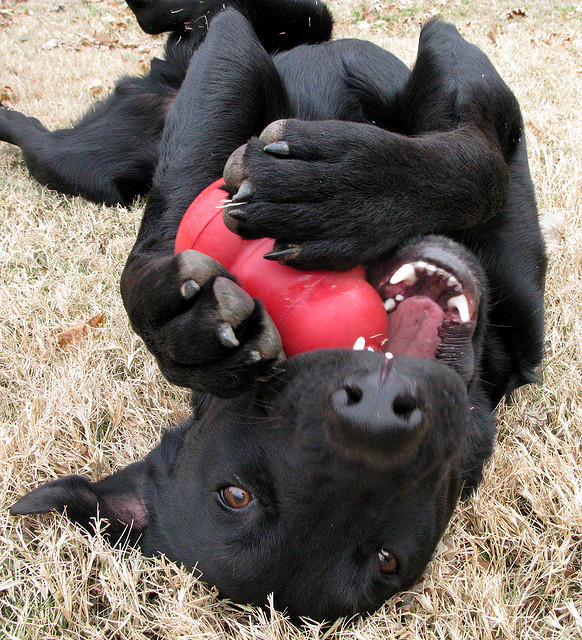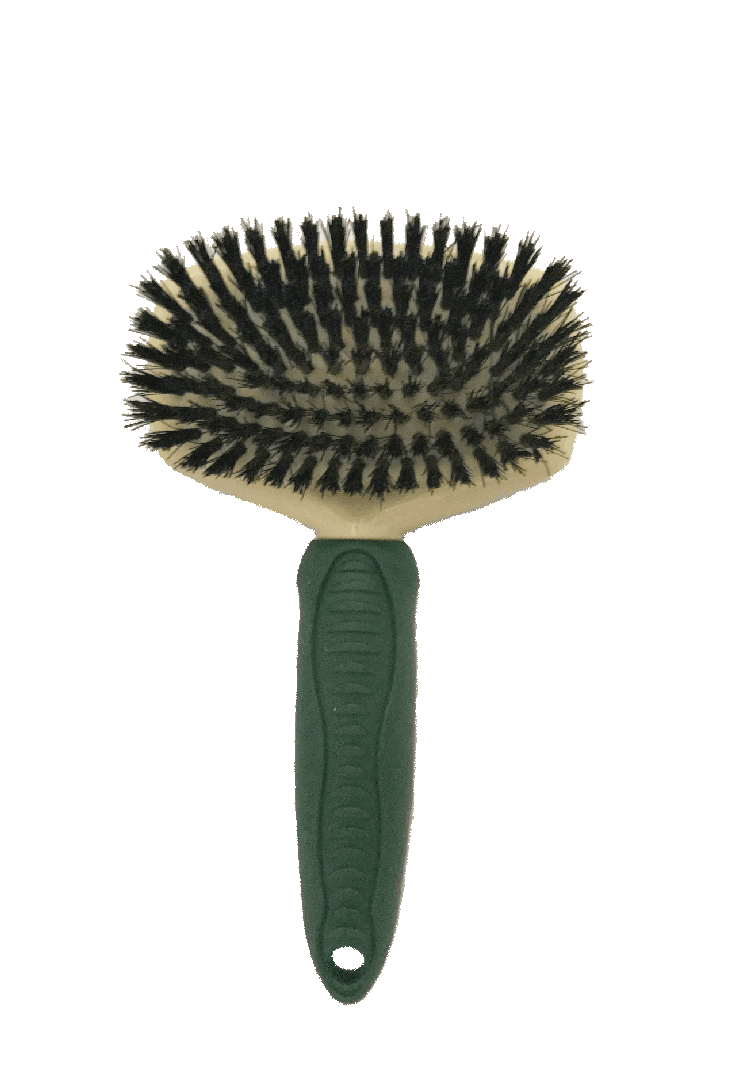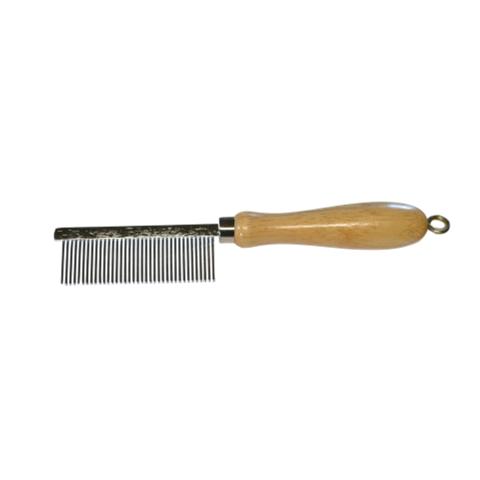My stop is a dinnertime visit to a single-family home with a fenced yard. My clients are Tink, a 14 year old black lab who is mostly deaf, and Gregory, a recently-adopted tabby cat they think is about 3 years old.
I ring the doorbell and knock before entering. I'm not sure how well Tink can hear, and I don't want to surprise her. As I enter, I stomp my feet on the mat by the door so she can feel the vibrations. Sure enough, I hear dog tags jingle in the living room, and Tink comes down the hall to greet me. Hi, girl! Do you need to go outside? Let's do that first thing. Tink doesn't go for walks anymore, her hips get too sore, so she gets yard time instead. Her humans left about four hours ago, so she probably needs to pee and I con't like to keep an old dog waiting.
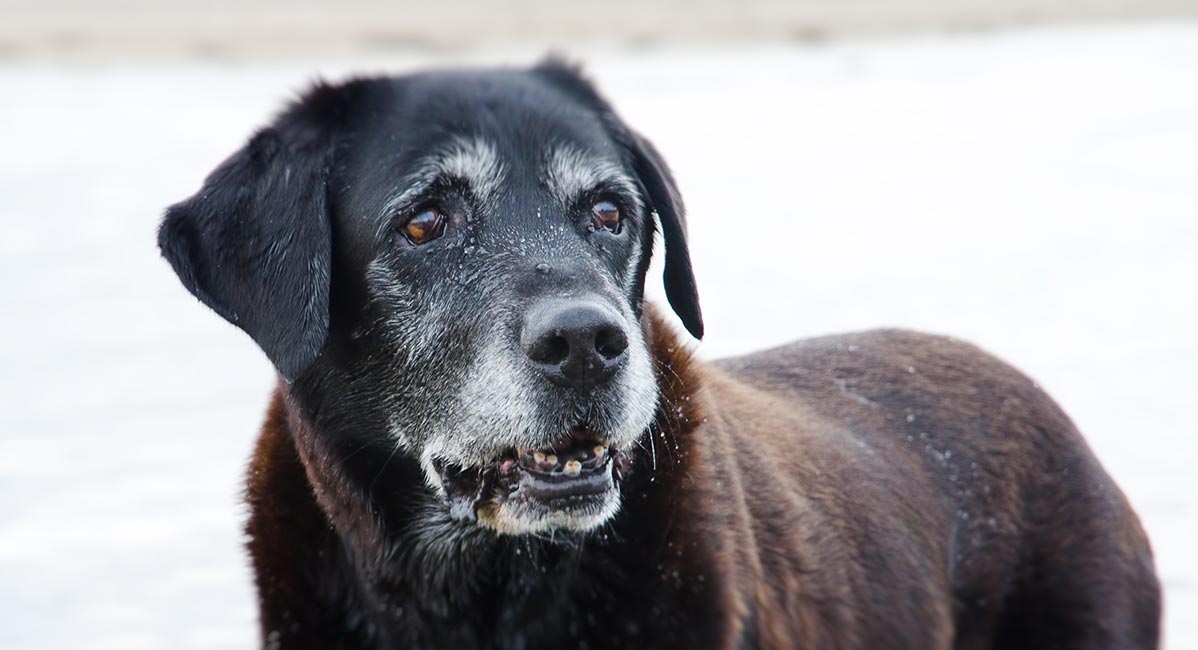
I make sure the front door is closed and locked behind me. Tink and I walk through the kitchen to the back door and we go out into the yard together. I close the sliding door. Gregory is an indoor-only cat, and I don't want him sneaking outside. I make a visual check that both gates are shut and secure. Usually I'll do this before letting a dog out, to prevent a possible escape, but Tink's old hips are a little stiff and I'm not too concerned about her running anywhere. Tink sniffs around for a while, squats and pees, and then lays down on the patio in the sun. It's a nice day, so I decide to let her enjoy that while I go check on Gregory.
Gregory has his food bowls on top of the washer in the hall by the garage so that Tink can't get to the cat food. My instructions say he gets one scoop of dry food and a half can of wet every day. I scoop the kibble into his bowl and then go to the kitchen to wash his wet food dish and check the fridge for an open can. There isn't one. I open a new can, put half in his clean dish, and put the rest of the can in the fridge with a plastic lid on it. Gregory! Kitty-kitty! Chow time! Come and get it!
...Gregory? Where are you, puss-cat?
I walk through the house, looking in every room. No sign of the cat. I check my notes. The owner hasn't mentioned any favorite hiding spots, but under a bed is a pretty good guess. The master bedroom door is open. I call softly, and look under the bed. Two green eyes glow back at me from the farthest corner. It's okay, Gregory, it's just me. We've met before. Your dinner's ready. I'll go away so you can go eat.
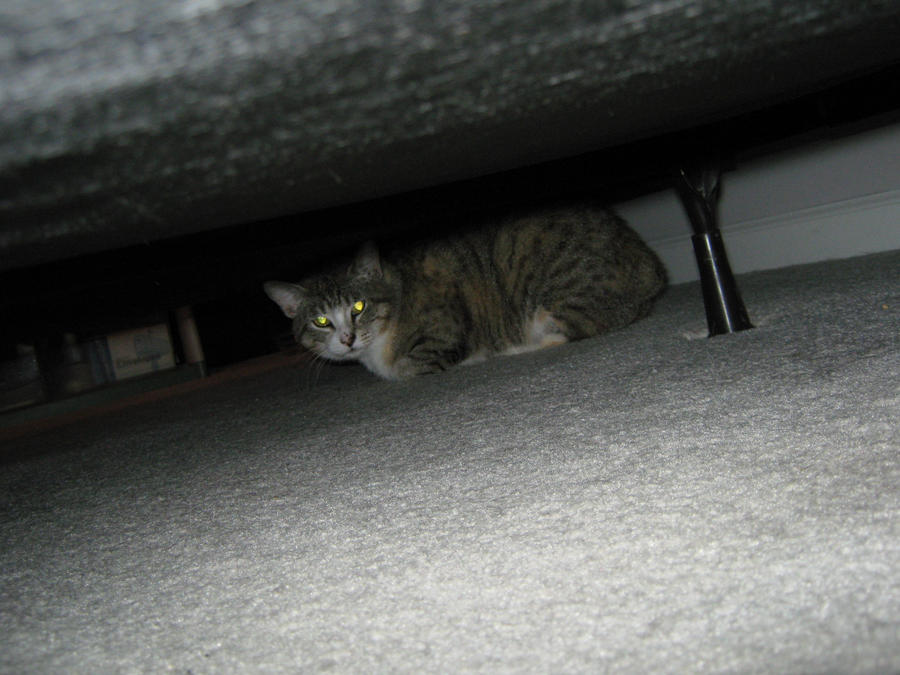
Tink doesn't want to leave her warm spot in the sun, but she changes her mind when I bang a fork on her metal dog dish. She can hear that, well enough! One scoop of dry kibble, one can of wet food, a measure of her hip supplement and some warm water to mix it all together. Top it off with her prescription pill hidden in a pill-pocket, and it's dinnertime. Bon appetit, pupper!
While she eats, it's time to clean Gregory's litter box in the basement. In the past, they were having trouble: he would pee in the box, but preferred to poop a few feet away. What the heck? They were using a box with a cover, so I suggested taking the cover off to see if that changed anything. Then they noticed he'd stand in the box, and poop over the side onto the floor. He's a pretty big cat, and I don't think he realized he was missing the mark. They said they had gotten a bigger box for him recently, so I'm interested to see how things are going now.
Oh, wow! They're using an under-bed storage box for his litter! It's really big -- 18" x 36", I'd guess, and the litter is about six inches deep. I whip out my blacklight flashlight to see if there have been any misses, but the floor shows nothing, nice and clean. Good kitty, Gregory! I'm so glad. I scoop his deposits into a plastic bag and tie it shut to carry out to the trash bin.
Done eating, Tink? Right on. Let's go back outside. Dogs usually want to poop after they eat, and Tink is pretty predictable. There we go. Thank you! I pick up her deposit with a plastic bag, tie it shut, and put it in the trash bin along with Gregory's litter box scoopings.
Back inside, Tink goes to lie down on her bed. All this activity is tiring for her. I look down the hallway to the garage and see that Gregory is eating the wet food. Good deal. Both pets have fresh food and water, their bathroom needs have been met, and they seem comfortable and content. I think my work here is finished!
Okay, you two. I'll see you in the morning for breakfast. Be good! I check to make sure the back door is secure and locked, then shut and lock the front door as I leave.
I hope you've enjoyed this insight into what I do. I'll be doing a few more in the coming weeks featuring different pet care situations. Thanks for reading!





